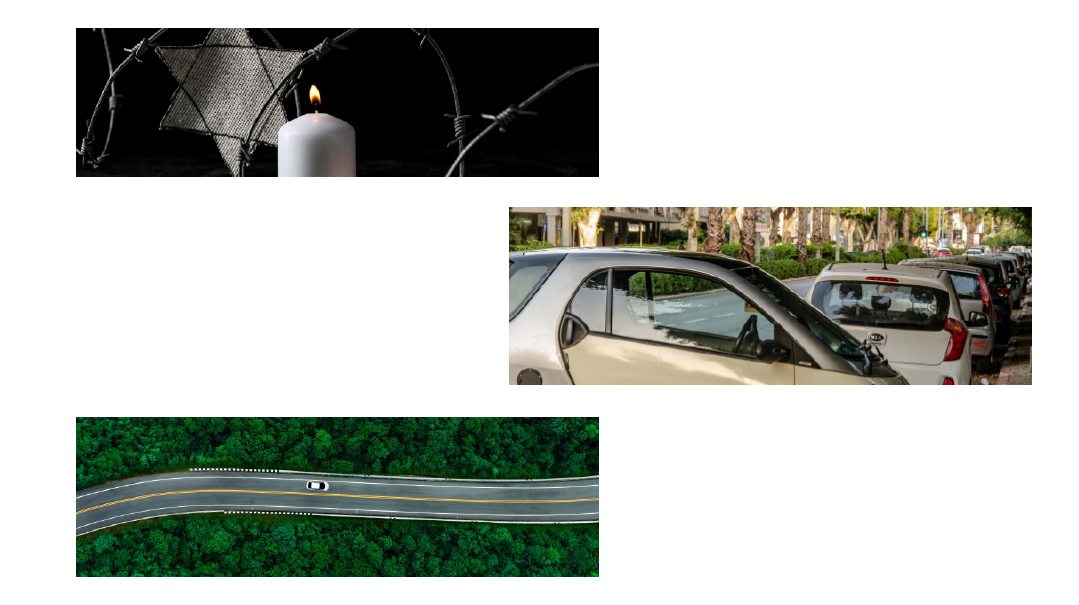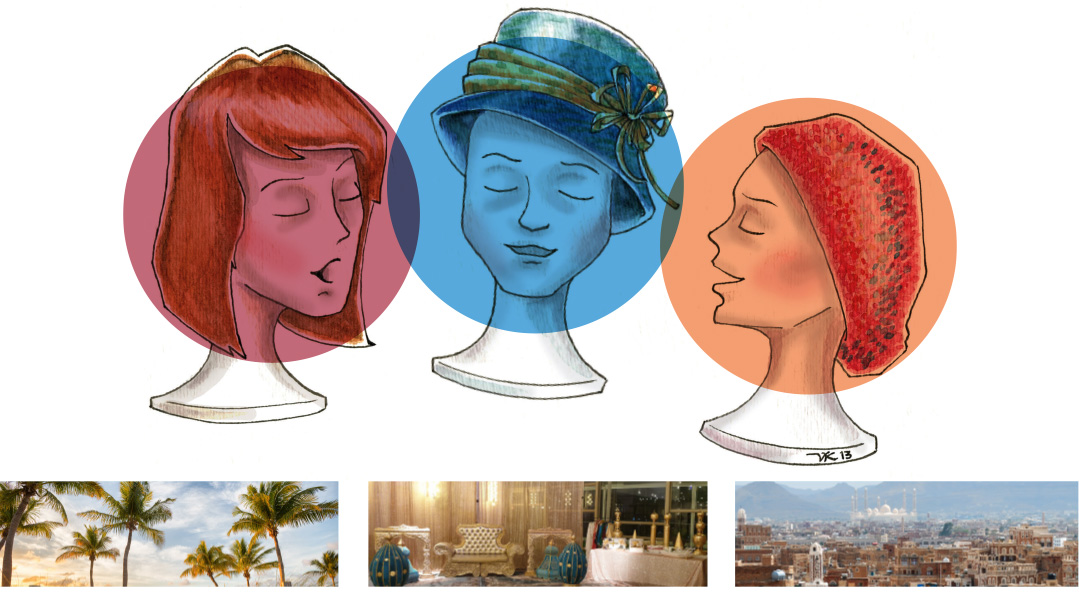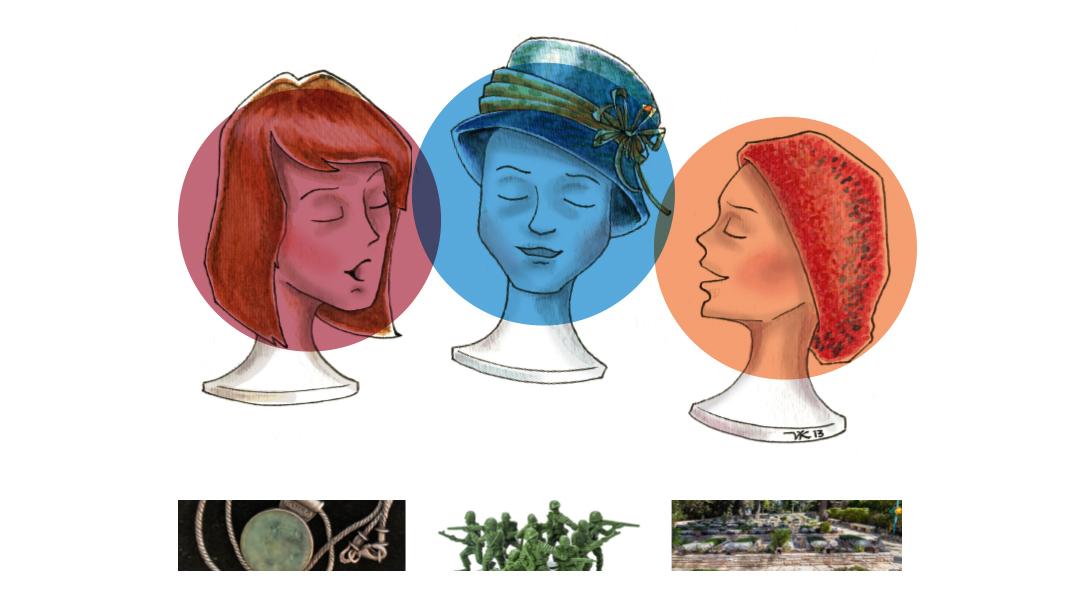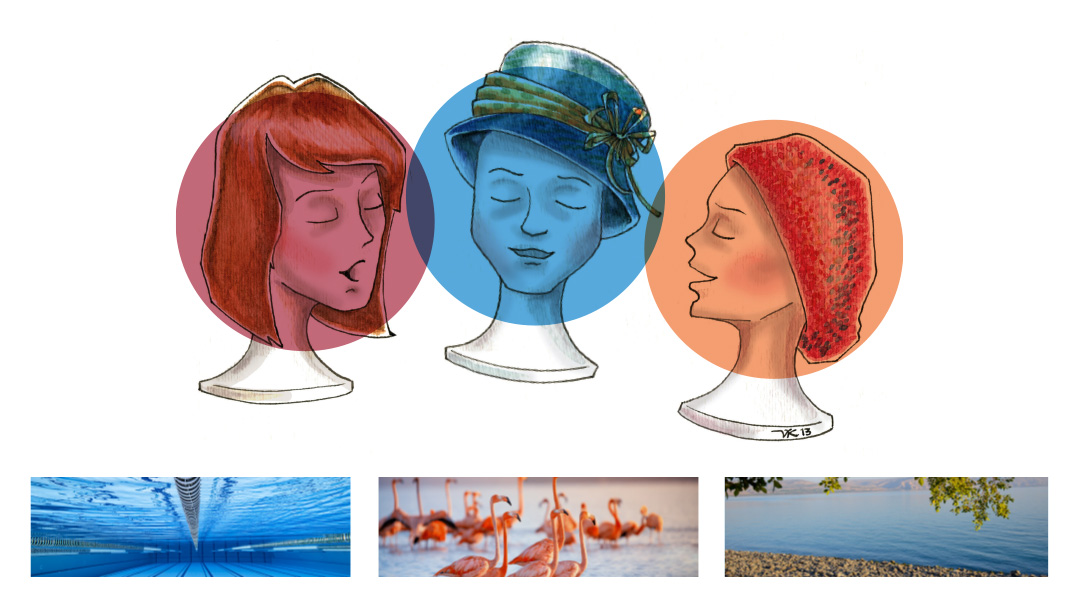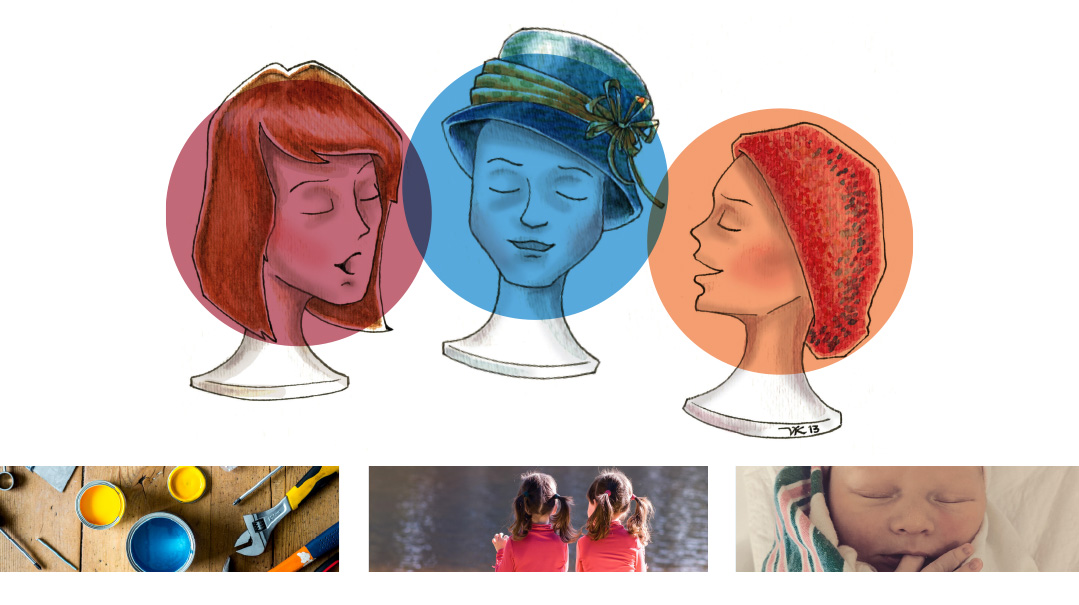Traveling the Large World
| January 1, 2020When the trip is over, you’re left with stories. Come join us Sisters on our travels around the globe
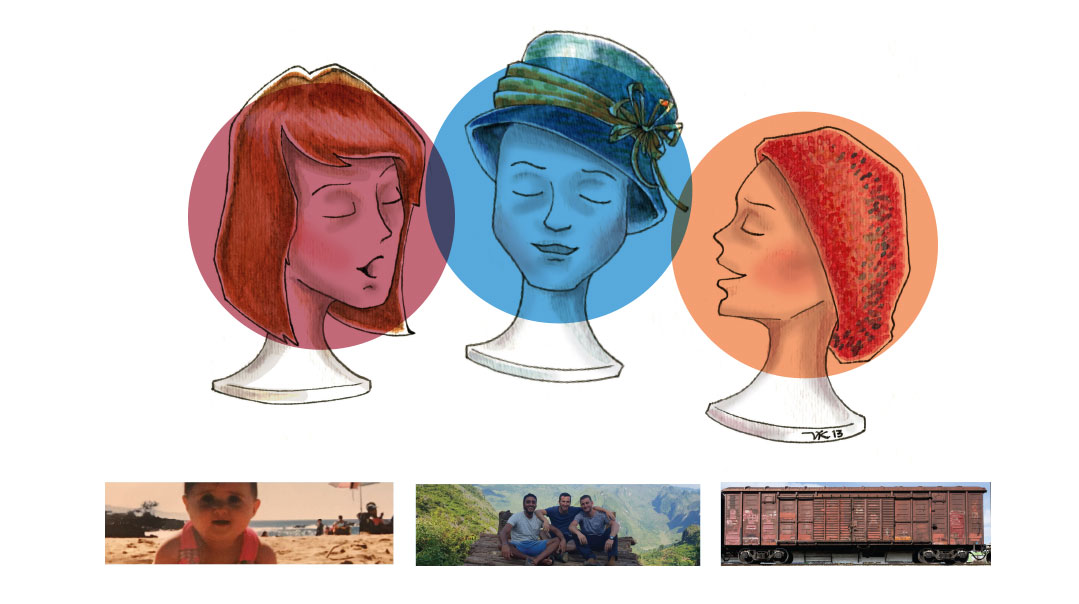
"I
t’s a small world after all.” We’re all familiar with that (incredibly annoying!) little tune.
But the world is actually rather large — so large that it just cries out to be traveled. A family vacation at the seashore. A trek through breathtaking scenery. Long walks, guidebooks in hand, through unfamiliar streets and cultures. It’s a large world with endless possibility.
When the trip is over, in addition to jet lag, a frightening credit card bill, and albums full of pictures, we have… stories.
Stories about getting, or not getting, to our destination. Stories about people we met, sights we saw, insights we gained. Whatever the travel story, one thing we can be sure of: years later, we’ll remember it more vividly than our many trips to work, the supermarket, or our kids’ school.
From the beaches of Hawaii, to the jungles of Southeast Asia, to the horrors of Poland — come join us Sisters on our travels around the globe. You won’t get frequent flyer miles, but our stories might actually make the world just a little smaller, after all.
Marcia Shares...
Lessons Learned by a Traveling Mom
Atlanta, Hartsfield Airport.
Racing to make the connection to our New Orleans flight. I run down the escalator, juggling rolling hand luggage, computer bag, car seat, diaper bag. I glance behind me, expecting to see my mother-in-law a”h pushing little Leah in the umbrella stroller.
But she’s not there. I look back up, and… oh, horrors… they’re frozen at the top, blocking a line of impatient travelers.
Lesson 1: If you bring your own babysitter, make sure he or she can navigate an umbrella stroller on an escalator.
Lesson 2: Never run up a down escalator. Especially with luggage. It will not end well… for your luggage, your hose, your shins — or your dignity.
Back in my conference planning days, those two lessons were among many I learned on how — and how not — to balance business travel with motherhood.
Aside from minor debacles involving escalators and mothers-in-law, I found the BYOB (Bring Your Own Babysitter) strategy to work reasonably well, especially with a baby. Because babies — despite tons of required paraphernalia — are transportable. All you need are two things: a willing partner and an affordable fare — because the extra fare comes out of your pocket.
BYOB worked during the rest of that New Orleans trip, when my mother-in-law paraded Leah all over the French Quarter while I ran a four-day conference. It worked during a Chicago day trip, when my husband a”h wheeled her along the Magnificent Mile while I met with various hotel sales managers. And it worked in Manhattan, when both my in-laws came from Brooklyn to share an Uptown suite with us, watching Leah during my meetings.
But then came Hawaii. I had to plan four days of site visits at different hotels. Problem one: astronomical air fares. Problem two: after hours of phoning, I still couldn’t find local babysitters to watch seven-month-old Leah during my meetings. As if conference planning across six time zones wasn’t stressful enough!
Lesson 3: Sometimes just treat yourself. Ignore the cost.
That’s when I decided. My daughter Miri was in her senior year. One missed school week in February — when she’d turn 18 — wouldn’t hurt her. So I purchased a present that would cover her next ten birthdays: a trip to Hawaii.
What a fun, worth-every-penny trip that was. Just me and my girls. Each morning, we’d pack up, check out of one hotel, check into another. Each time, an eager sales manager would meet us bearing a fresh orchid lei. We’d be escorted to our complimentary suite where a lavish fruit basket awaited. And late each day, post-meetings, we’d find a lonely stretch of beach, split a papaya, and watch little Leah play in the white sands.
Lesson 4: Babies eat sand.
Babies become toddlers. And toddlers become preschoolers. Not so transportable. That’s when I turned to my husband. He was willing to send Leah off to preschool, but he was challenged at “girl dressing.” So I implemented the NOP (notes-on-piles) strategy.
Lesson 5: Post-it notes can be your friend.
Before each weeklong trip, I’d lay out Leah’s clothes — including underwear, socks, and scrunchies — on the sofa. Seven piles topped with seven post-it notes marking the day each outfit would be worn. Unfortunately, NOP didn’t include detailed instructions on hair dressing.
Lesson 6: Don’t forget to send a note to the teacher explaining why your daughter’s hair will be a mess for the upcoming week.
NOP did have a side benefit: Leah used the disappearing piles as a visual “sefirah” tool to count the days till Mommy came home.
Lesson 7: Your child can teach you some Mommy Travel Tips.
Atlanta, a Macy’s fitting room. A long day of conferencing. An evening of shopping therapy. I check my watch: it’s Leah’s bedtime.
I shut the door, pull out my cell phone, call home. Time for our nightly ritual. Together, we say Shema and sing Hamalach Hagoel, using the fill-in-the-words technique. Then I send three kisses (“Did you catch them, mammeleh?”) and rub the phone three times (“Did you feel me rub your eigelech?”)
I exit the fitting room, proud of my Mommy Travel trick. A woman, emerging from the adjoining room, remarks: “Who knew Macy’s provided live entertainment!”
Lesson 8: Fitting rooms aren’t soundproof.
Emmy Attends Classes in…
History and Current Events
A typical traveler’s story.
A group of Israeli young men seeing the world. One buys a pineapple from a local vendor, who charges 50,000 of the impoverished Third World country’s currency, worth about 24,000 to a dollar. His friends tell him, hey, that’s ridiculous, yesterday we bought one for much less.
Locals ripping off tourists — what else is new?
What’s new here are three details in the story. First: one of those Israelis was my son, Yitzchak, traveling with a group of friends. Second: the story doesn’t end there. The local vendor left his fruit-and-vegetable stall and ran after the boys. Turns out, between the vendor’s pidgin English and Yitzchak’s friend’s Israeli accent, there was some miscommunication. The pineapple actually cost only 15,000, and the honest vendor wanted to give the young man his change.
Locals not ripping off tourists — a happier ending, but still no big deal, right?
Wrong. Because here’s the third new detail in the story. The currency in question is called Dong. And the story took place… in Vietnam.
Vietnam! How do you respond when you hear it described as a fun travel destination?
If you’re young and Israeli, you might say, aizeh magniv! (Hebrew slang for “awesome!”) It’s even cooler and more exotic than Thailand or Nepal, where Israelis often go when they want to see the world.
If you’re a young American, you might say, hmmm, Vietnam, that’s somewhere in the Far East, isn’t it?
And if you grew up in America in the 1960s… you’ll probably just fall off your chair.
Sometime in the 1960s: A typical evening at home. My parents a”h sit on the couch, watching the ten o’clock news. On the screen, I notice the words “Honor Roll.”
“Hey, is my name there?” I say, half-jokingly, thinking of the school Honor Roll where students with high grades were listed.
My father’s face turns ashen. My mother looks like she might pass out.
“Never say that. G-d forbid. Never, ever say that,” she says. She explains that this Honor Roll listed the names of local boys killed in the faraway land called North Vietnam that we’d learned about in Current Events.
After that, I begin watching the nightly news with my parents. The list of names, all unfamiliar, melds in my mind with pictures of body bags and flag-draped coffins coming home for burial.
As I watch, I listen to the music. The Honor Roll scrolls down the screen slowly while a haunting tune plays, measured, deep, martial, melancholy. The sound of grim death marches with the names of the fallen on their final journey. If music could be a color, this tune would be black; if music had a face, this melody’s eyes would be filled with tears.
Decades later, I visit the Vietnam Veterans Memorial in Washington, D.C. Slowly I walk past looming black granite walls etched with the names of the 58,320 Americans who fell in Vietnam. In my mind, I once again hear the somber music of death on the nightly news report.
Back from Vietnam, Yitzchak shares his story of the honest vendor. He also describes Mr. Hong, the friendly guide who led his group on their spectacular three-day motorcycle tour of the Ha Giang Loop, a breathtaking road running through the mountains at Vietnam’s northern border. He speaks of storekeepers learning rudimentary Hebrew in order to talk to Israeli tourists.
Yitzchak gently reminds me that what I call North Vietnam is now just Vietnam. That the Vietnamese War is known there as the American War. My Vietnam includes the Hanoi Hilton, the ironic name given to their prison by POWs, a house of horrors where American pilots were jailed, tortured, killed; Yitzchak’s Vietnam includes the Jewish hospitality of three growing Chabad Houses.
My son’s trip teaches me that time doesn’t stand still. That yesterday’s class in current events becomes today’s history lesson. That wars come and go, and enemies can become your friendly tour guides. All good, cheerful thoughts.
If only I could stop hearing the mournful strains of the music playing as the Honor Roll slowly scrolls on….
Miriam Follows a Long and Hard Road…
In their Footsteps
The bus was comfortable, spacious, climate-controlled. The passengers had just finished a generous kosher breakfast. There was a low buzz of conversation. Not the laughter and excitement one might expect on a tour bus, though. Which was only natural, considering our destination.
Auschwitz.
The only reason I’d taken this journey was so I could be on this bus. I didn’t want to be here, in Poland. Yes, the trip gave me the unique opportunity to daven at the kevarim of tzaddikim: the Rama, the Sefas Emes, the Noam Elimelech, and so many others. But I live in Eretz Yisrael, with Meron, Tzfas, Kever Rochel, and Mearas Hamachpeilah within easy driving distance. There are enough kivrei tzaddikim in my own beloved land to absorb a lifetime of my tefillos.
Yet there were some kevarim I could not reach unless I forced myself to set foot on this blood-soaked, tear-soaked land.
Kivrei avos.
Here was the ground that held the ashes of my two grandfathers. My two grandmothers. At least three aunts and uncles and ten first cousins, possibly more. The ashes of my baby brother, who, had he lived, would have been my older brother, killed al kiddush Hashem before his first birthday.
I wanted to daven at kivrei avos, and Auschwitz was the closest I could get.
I boarded the bus.
How will I react when I go through those gates? I’d wondered, as I planned the trip.
There would be tears, of course; how could there not be? But would I feel a connection to those family members whom I knew only through stories my mother and father had told? As I trod on the hallowed and horrific ground where my Zeide and Bubbe had walked to their deaths, could I possibly connect with them?
Could I follow them as they took their last halting, weary steps to martyrdom?
The bus roared away.
I ‘m on the road to Auschwitz, I thought.
The tears came, a tsunami of sobs such as I’d never shed before. Where did those tears come from?
Perhaps from those words: I’m on the road to Auschwitz.
The Road to Auschwitz. That was the title of a six-page memoir my mother, with her natural gift of expression, had written not long after the war. In it she’d described in Hungarian, later translated into English, the nightmare three-day cattle car train trek of her family from the ghetto in Munkatz to Auschwitz.
She wrote of the brutality, the beatings, the relentless thirst.
And the fires. “Suddenly it dawns on me,” she wrote. “We’re at that place where they are cooking soap out of the Jewish people…” The smell, the terrible smell. “Someone whispers in my ear that it is better to throw off the clothes. It will be so much faster and we’ll suffer less….”
Through miracles, Hashgachah, and chesed, my mother survived that journey and that first night, though most of her family didn’t. Later, as we grew up, she didn’t speak too much about it, but one story she sometimes shared with us.
In the cattle car, they only had a small bottle of water left to quench their burning thirst. They each took a sip, but when it was her father’s turn, he waved it away. “Geib iss tzu deh kinder, give it to the children,” he said, a monumental act of chesed and mesiras nefesh.
I didn’t tour Auschwitz, just sat quietly in a darkened area, a sefer Tehillim my only companion. The tears had dried and, strangely, I felt a deep quiet, a sense of being surrounded by something so much greater than myself: My family, the kedoshim. All of the Jews, all of the kedoshim.
Later, on my comfortable bus, headed to a gourmet kosher dinner, I realized that I — who had never known a day’s hunger or a moment’s thirst, never confronted hatred and brutality — could, thankfully, never, ever take the journey my family had taken. Yet there is one way I can follow them.
“Geib iss tzu deh kinder.”
To follow in their footsteps, I have to live a life of Torah and chesed.
A life just like theirs.
(Originally Featured in Family First, Issue 674)
Oops! We could not locate your form.


